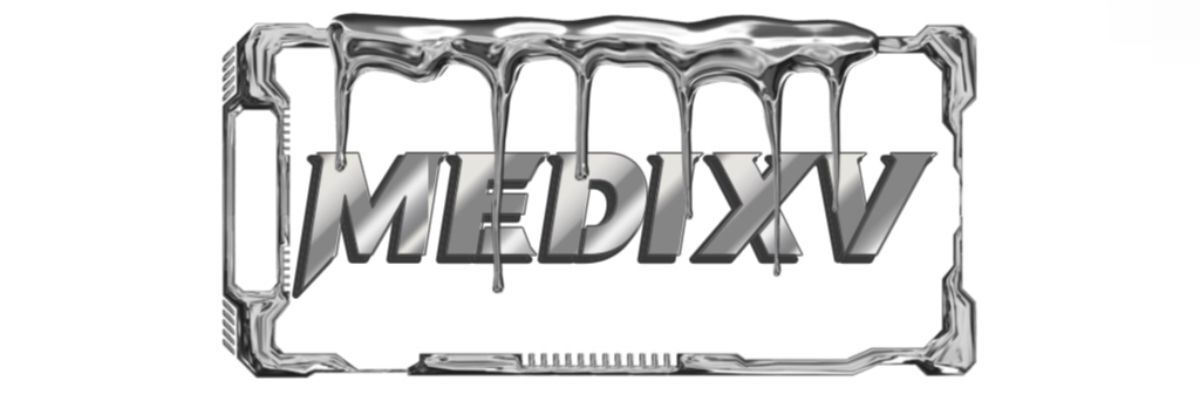How to Clean a Rigid Endoscope Properly?
Proper cleaning of a rigid endoscope is essential for maintaining its functionality, ensuring patient safety, and extending its lifespan. This guide outlines the key steps and considerations for effective cleaning.
1. Why Proper Cleaning is Important
Rigid endoscopes are precision instruments used in various medical and industrial applications. Improper cleaning can lead to:
Contamination risks in medical environments.
Diminished image clarity due to residue buildup.
Mechanical wear caused by debris in moving parts.
Ensuring thorough cleaning minimizes these risks and maintains the endoscope's reliability.
2. Pre-Cleaning Steps
Before cleaning, take these preparatory measures:
Inspect for Damage: Check for scratches, cracks, or other physical damage on the lens and shaft. Report any issues before proceeding.
Disassemble Accessories: Remove any detachable components, such as light cables or sheaths, for individual cleaning.
Use Protective Gear: Wear gloves and other appropriate gear to avoid contamination or injury.
3. Cleaning Process
Step 1: Rinse Immediately After Use
Rinse the endoscope under warm, running water to remove visible debris.
Use a soft, lint-free cloth to wipe the surface gently.
Step 2: Soak in Cleaning Solution
Prepare a cleaning solution recommended by the manufacturer, typically enzymatic cleaners for medical-grade endoscopes.
Submerge the endoscope in the solution, ensuring all parts are covered. Follow the recommended soaking duration.
Step 3: Clean with a Soft Brush
Use a soft-bristled brush to clean crevices, joints, and other hard-to-reach areas.
Pay special attention to the optical lens to avoid scratches.
Step 4: Flush Internal Channels
If the endoscope has channels, use a syringe or channel cleaning tool to flush them with the cleaning solution.
Repeat with clean water to rinse out residue.
4. Rinsing and Drying
Step 1: Final Rinse
Rinse the endoscope thoroughly with distilled or deionized water to remove any cleaning solution.
Inspect for any remaining residue.
Step 2: Dry Carefully
Use compressed air to dry internal channels and joints.
Pat the external surfaces dry with a lint-free cloth. Avoid rubbing the lens.
5. Storage Recommendations
Store the endoscope in a clean, dry environment.
Use a protective case to prevent damage during storage or transport.
Avoid stacking heavy objects on top of the endoscope.
6. Key Considerations
Manufacturer Guidelines: Always follow the specific cleaning instructions provided by the endoscope manufacturer.
Regular Maintenance: Schedule routine maintenance and inspections to address wear and tear.
Compatibility: Use cleaning solutions and tools that are compatible with the materials of the endoscope.
By adhering to these cleaning practices, you can ensure the rigid endoscope remains in optimal condition, ready for reliable use in its intended applications. Proper cleaning not only protects the instrument but also supports the success and safety of its operations.

Comments
0